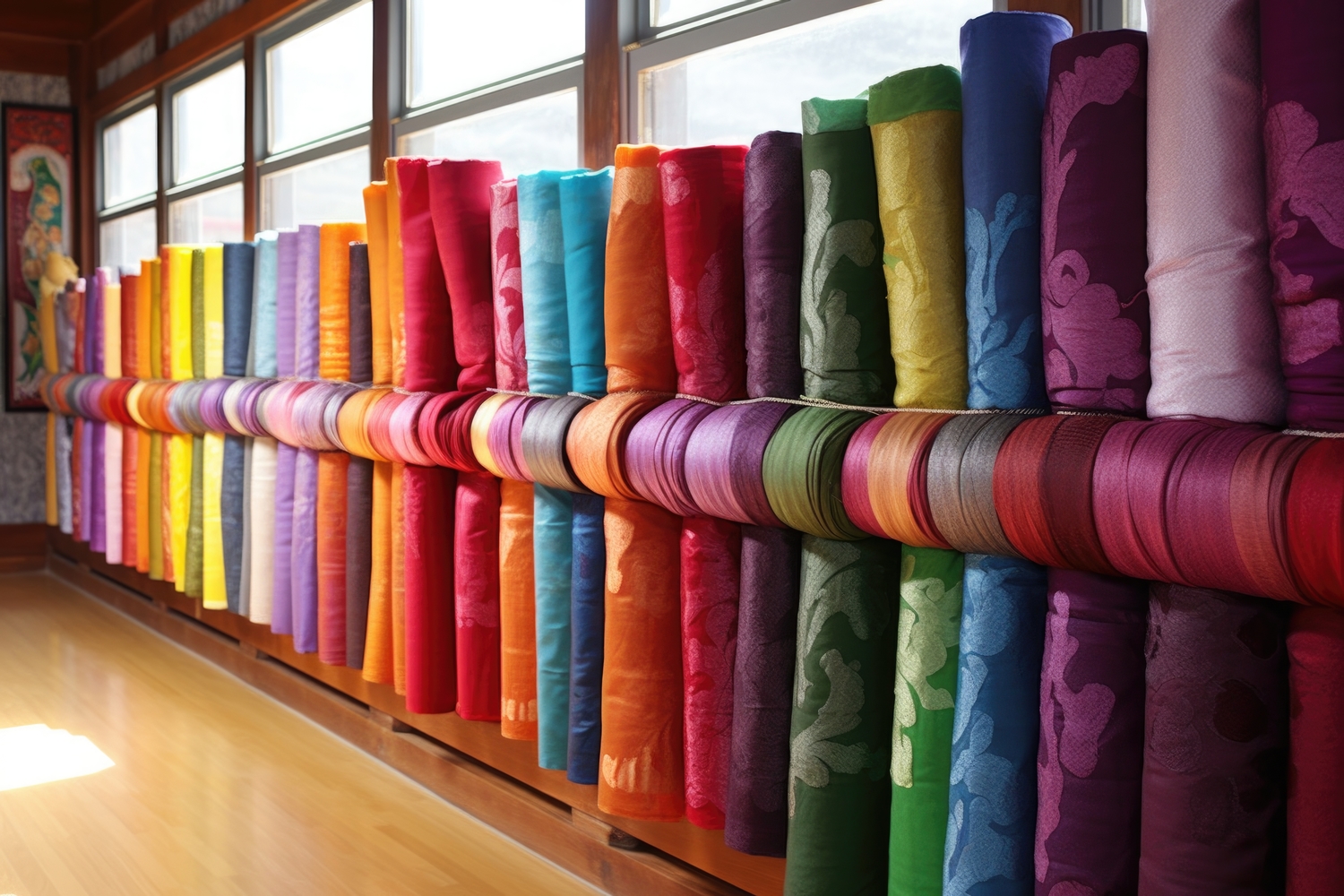Painting or covering a sound absorber with fabric – How it affects acoustics
Sound absorbers are an important part of creating a balanced and pleasant sound environment in homes, offices, restaurants, and other public spaces. At the same time, they can have a neutral or industrial aesthetic that does not always fit in with the interior design. To customize their appearance, you can either paint them or cover them with fabric, but it is crucial to choose the right method to preserve their sound-absorbing properties.
Can you paint a sound absorber?
Yes, it is possible to paint a sound absorber, but it requires the right technique and materials to avoid impairing sound absorption. Sound absorbers work by allowing sound waves to penetrate the material, where they are dampened and broken down by friction. A dense paint surface can block this process and reduce the absorber's effectiveness.
Cover a sound absorber with fabric – the best solution for both aesthetics and function
A more acoustically friendly alternative to painting is to cover the sound absorber with an acoustically transparent fabric. Unlike paint, this does not affect the porosity of the material in the same way, and you can also customize the look to suit the style of the room.
If you prioritise both aesthetics and sound absorption, fabric covering is the best option. If you still want to paint, be sure to use acoustic-friendly paint and spray paint in thin layers to preserve functionality.








